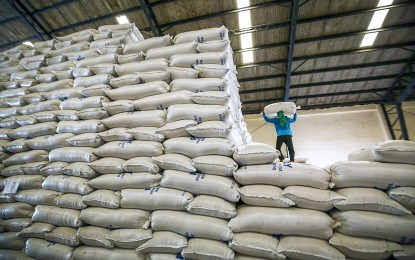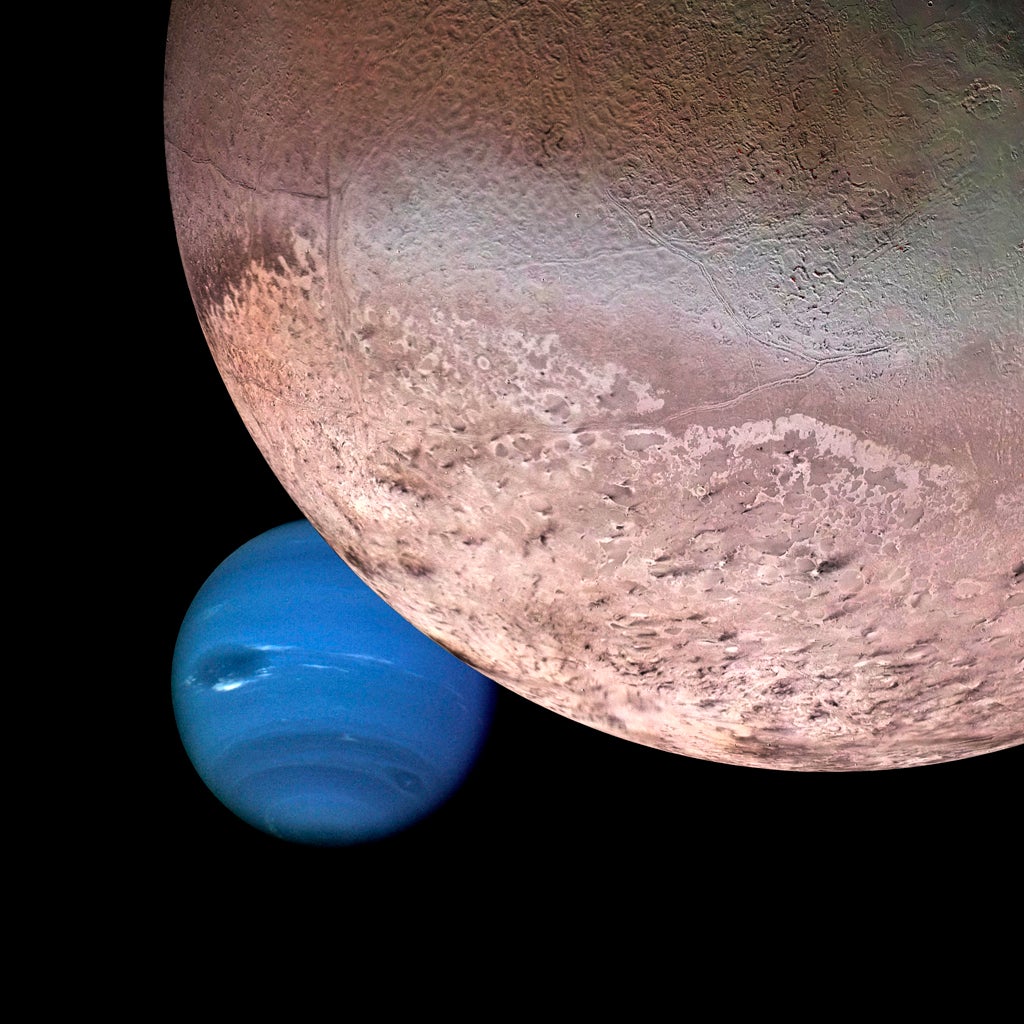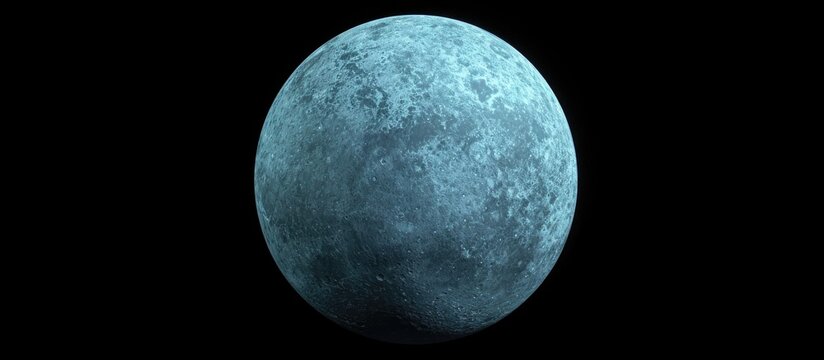Titania: The Largest Moon of the Planet Uranus
Titania, the largest moon of Uranus, is a mysterious, icy world with deep canyons, impact craters, and a history shaped by geological activity. Explore its frozen landscapes, possible subsurface ocean, and the secrets it holds about the outer solar system.

DISCOVERY AND NAMING
Titania, the largest of the moons of Uranus, was discovered by the British astronomer William Herschel on the historic date of January 11, in the year 1787. Notably, Herschel, the discoverer of the planet Uranus itself, managed to make the observation of Titania and one other moon called Oberon at the same time. This is a sign that this particular moon was named after the queen of the fairies, one of the characters in William Shakespeare's immortal play A Midsummer Night's Dream, thus following the long-established convention of naming the moons of Uranus after characters from the great works of literature.
DIMENSIONS AND COMPOSITION
Titania is about 1,578 kilometers, or 981 miles, in diameter. It is the eighth-largest moon in the solar system. Its density of about 1.71 grams per cubic centimeter indicates that its overall composition is made up of about equal amounts of ice and rock material. The rocky part is probably made up of different silicate minerals and carbonaceous material, while the icy part can include frozen water, ammonia, and possibly other vital compounds. Scientists assume that Titania can have a layered inner structure with a rocky core at the center, an icy mantle above it, and there is even a possibility of a liquid subsurface ocean beneath its surface.
ORBIT AND ROTATION
Titania, one of the numerous interesting moons of our solar system, revolves around the planet Uranus at a distance of approximately 436,000 kilometers, or approximately 271,000 miles. The moon takes a very long time, precisely 8.7 Earth days, to complete one orbit around the gaseous giant planet. Like most of the moons of Uranus's interesting and eccentric system, Titania is tidally locked to the planet. It thus follows that the same face of Titania always faces Uranus as the moon revolves around it. Because of the unusual axial tilt of Uranus, which makes the planet tilt on its side, Titania has very extreme seasons. Each of its poles has periods of perpetual sunlight and complete darkness, with each of these extreme periods lasting an incredible 42 years at a time.
SURFACE FEATURES
Titania's surface has a captivating and complex mixture of craters, canyons, and fault lines that create a distinctive geological landscape. Though Oberon, with its abundance of impact craters, continues to have a very cratered appearance, Titania appears to have undergone a series of geological processes that have smoothed out some of its older impact craters, imparting a distinctive appearance. In addition, the presence of fault scarps, or long cliffs produced by tectonic forces, suggests that Titania's crust has probably inflated over a very long period of time, perhaps as a result of internal heating of the body.
COLORS AND APPEARANCE
Titania's surface is gray in color, having a redder hue than certain of the planet Uranus' other moons. This reddening of Titania's surface likely results from complex organic molecules forming as a response to long-time exposure to radiation. In addition, certain surface regions on the moon are lighter in color; this light coloring could be indicative of ice deposits. The dark regions of Titania could then contain carbonous compounds, compounds that are held accountable for the variety of color and surface complexity of Titania.
GREATEST SYSTEM OF CANYONS
Titania has been discovered to be the home of the largest known canyon system found among all of Uranus's moons. The most prominent and well-documented canyon in this enormous system, the Messina Chasma, is estimated to be around 1,500 kilometers (or roughly 930 miles) long. This gigantic canyon is said to have been created due to the interior of Titania slowly cooling down and shrinking over millions of years, which consequently made the crust crack and resulted in the formation of deep rift valleys on its surface. The presence of this large geological feature is a strong indication that Titania had periods of geological activity in the past.
PROBABILITY OF A SUBSURFACE OCEAN PRESENT BELOW THE SURFACE
A few of the scientific hypotheses suggest the intriguing possibility that Titania, one of the moons of Uranus, may have a liquid ocean under its thick, icy crust. It is thought that if large amounts of ammonia or other chemicals that behave like antifreeze are mixed with water there, it would maintain the ocean in liquid form even at the extremely low temperatures. If this concept is proven with more research and exploration, it would certainly raise interesting questions regarding the possibility of microbial life in the deep, unexplored depths of Titania's ocean.
LACK OF ATMOSPHERE
Titania has a very thin atmosphere, which is primarily made up of carbon dioxide. This was found in 2001 when astronomers saw the moon pass in front of a star. The CO₂ content is extremely low, and it is thought to be derived from surface ice slowly emitting gases over the course of time. This thin atmosphere is, however, insufficient to support any type of surface activity or weather.
CRATERS AND THE GEOLOGIC HISTORY OF OUR WORLD
While Titania is less cratered than its equivalent, Oberon, it also contains several large impact craters, each displaying bright ejecta patterns that can be seen clearly. The presence of tectonic features, which are positioned in relation to these impact craters, signifies that the surface of Titania has been highly reformed over its history. This reformation would most probably be due to processes like internal heating or gravitational interactions with the planet Uranus itself. Through the interaction of the process of impact cratering and the numerous fault systems present, it can be seen that Titania is one of the more geologically diverse moons in the entire Uranian system.
EXPLORATION AND FUTURE MISSIONS
The only spacecraft that made the incredible trip to observe the moon Titania was Voyager 2, which passed by Uranus in 1986. Due to the enormous distance between Earth and Uranus and the technology available at the time, Voyager 2 could only take low-resolution images of Titania's surface. While helpful, these images gave information on some of the large features of the moon but left much of its surface unmapped and mysterious.
No space agencies currently have a mission to explore Titania or the other Uranus moons, but it has been suggested to send an orbiter or probe in the future. A dedicated mission would take higher-resolution images, examine the surface of the moon more closely, and search for a hidden ocean beneath the ice.
CONCLUSION
Titania is an absolutely captivating and compelling world, one with a rich and complex history shaped by many forces, great tectonic activity, and the potential for internal activity still in progress. Its enormity, combined with deep canyons cutting across its surface and compelling suggestions of a subsurface sea lying in wait beneath, makes it one of the most compelling moons discovered in the outer solar system. Future exploration missions may reveal the many secrets buried in Titania's depths, enabling scientists to find new and meaningful information regarding the formation of icy moons in our cosmic community. As one of Uranus's most enigmatic and compelling satellites, Titania is an excellent candidate for future thorough exploration and study.
What's Your Reaction?







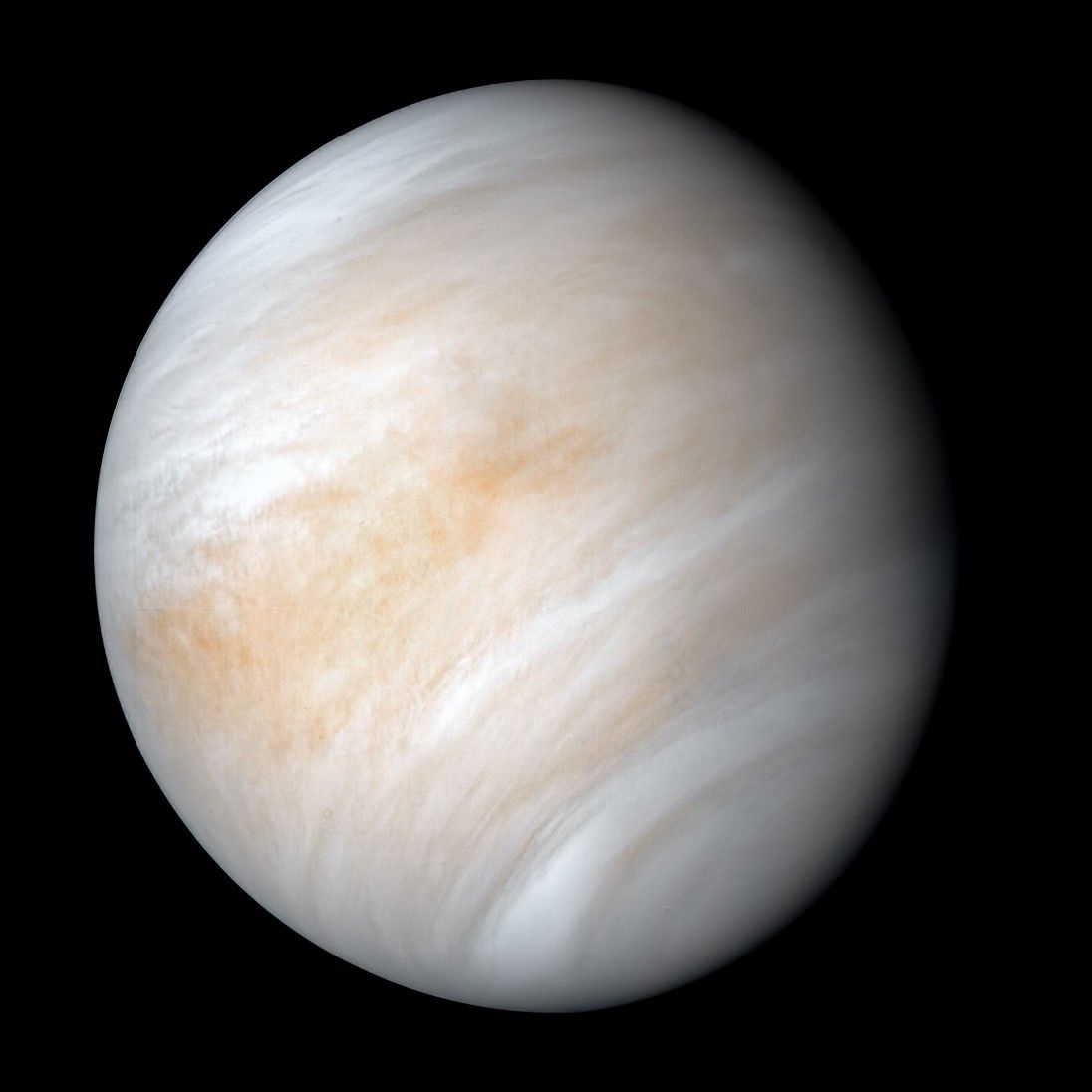



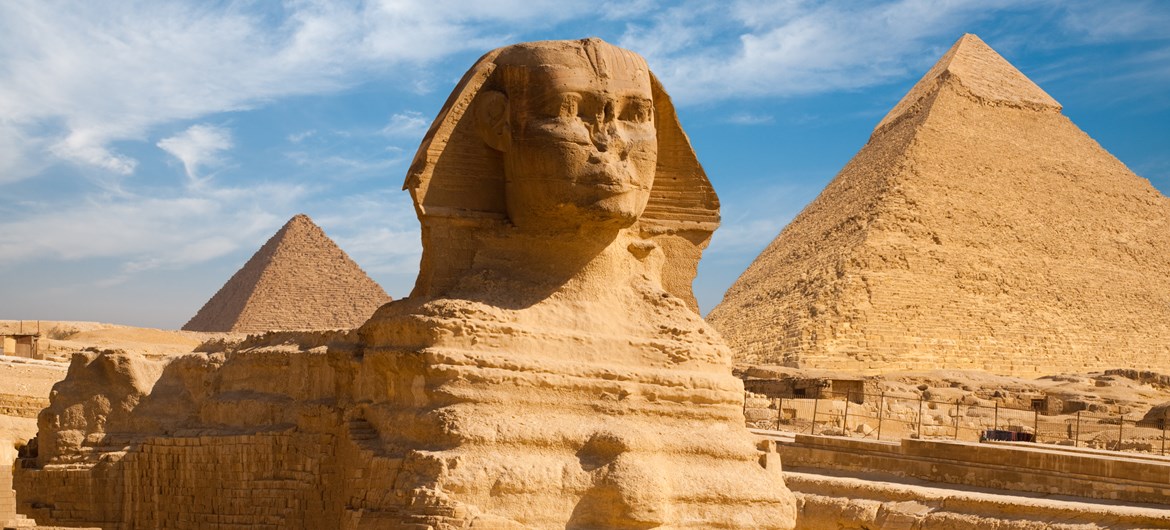
/https://tf-cmsv2-smithsonianmag-media.s3.amazonaws.com/filer_public/54/66/546650fa-26a4-40fd-8d6d-5a7a04540f81/rosetta2.png)
:max_bytes(150000):strip_icc():focal(999x0:1001x2)/robert-prevost-050825-1-39395418ab494da5a3a700c9478e66c8.jpg)


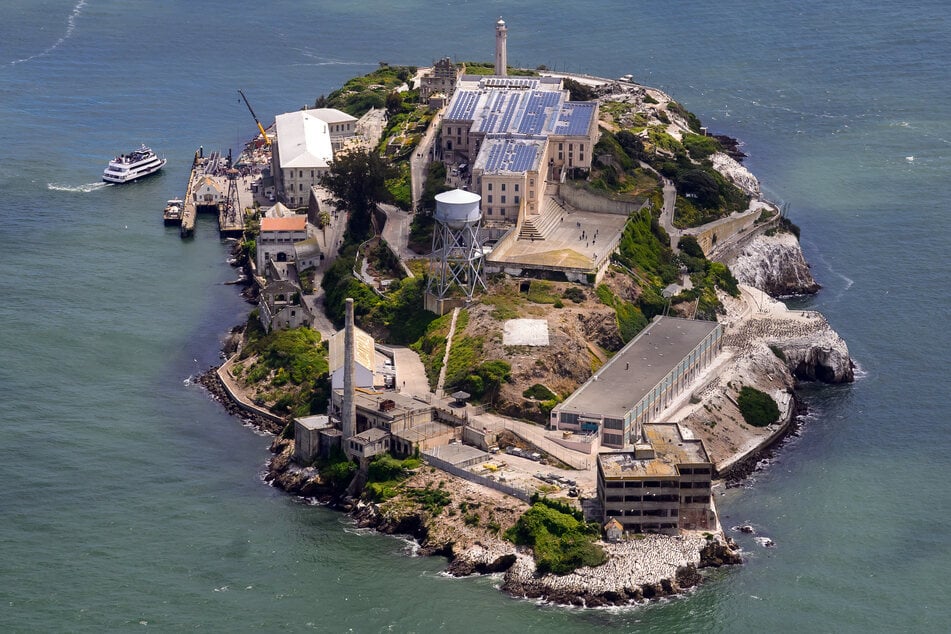





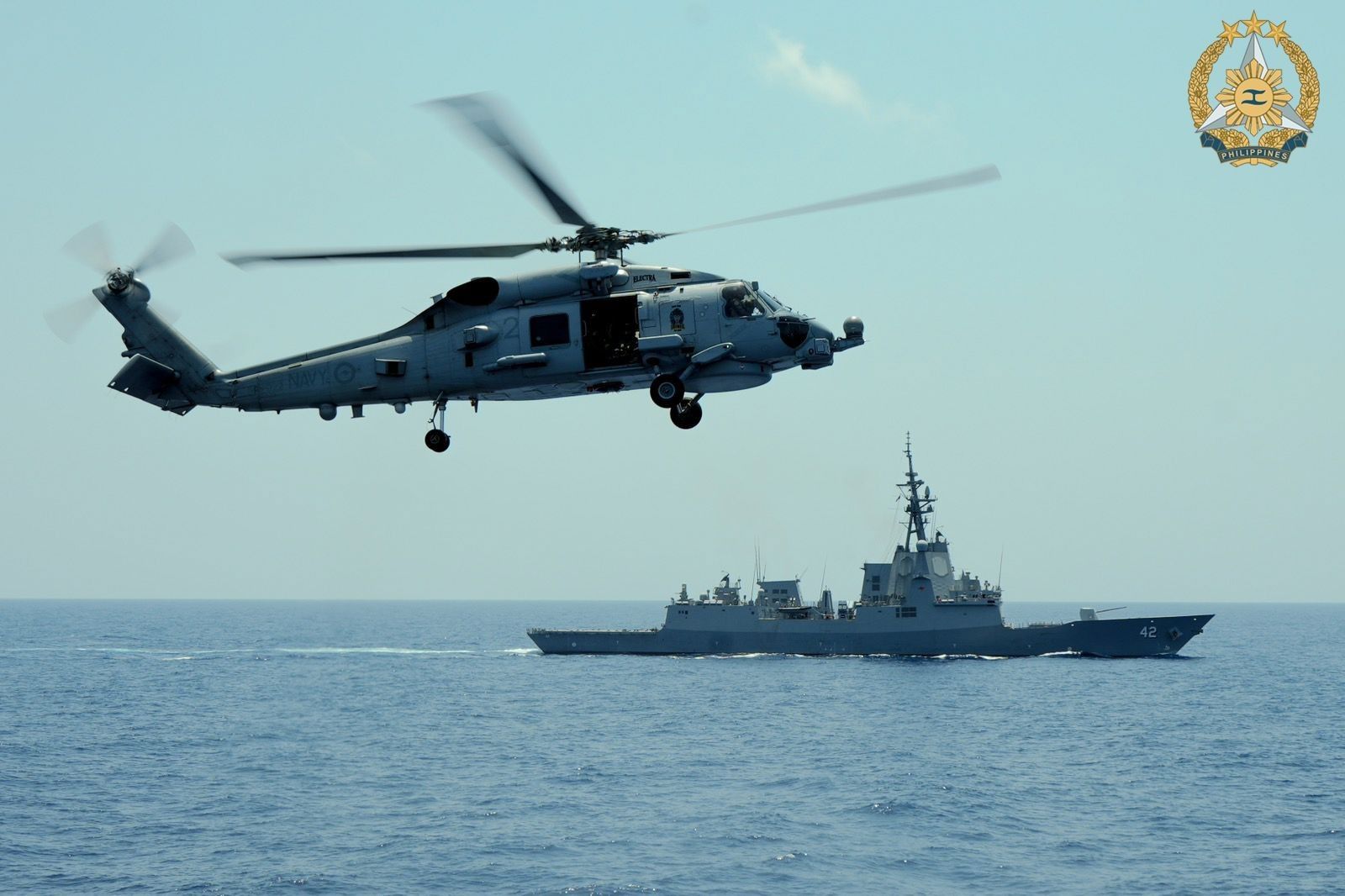

















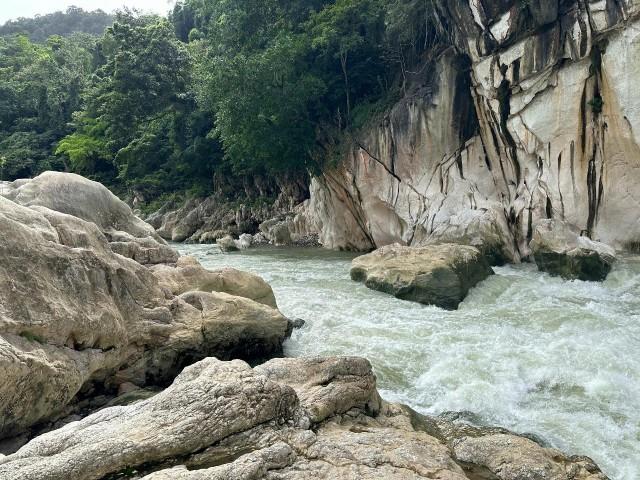





















format(webp))
format(webp))











